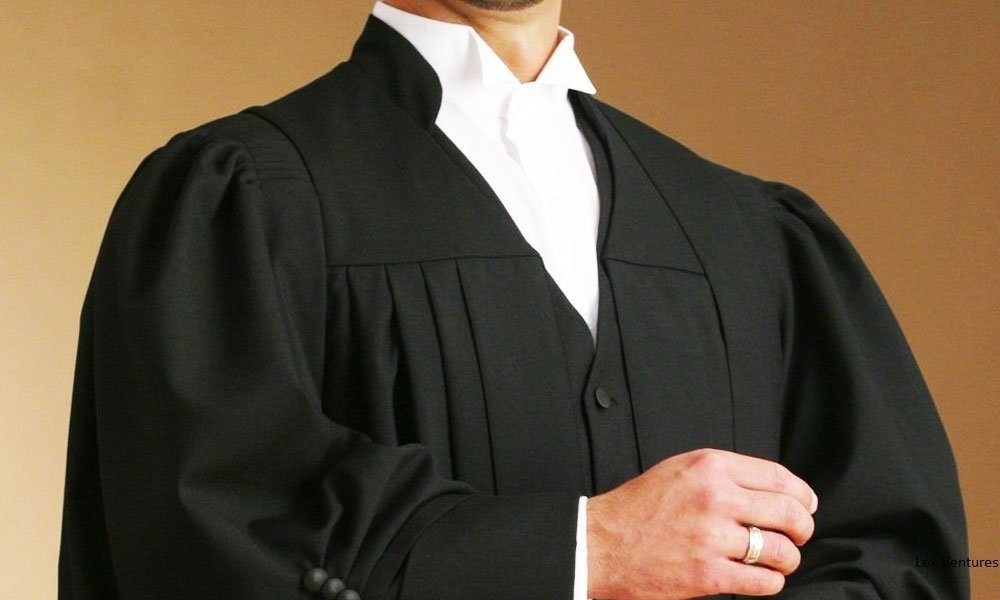The Supreme Court of India has emphasized that lawyers must adhere to a prescribed dress code, rejecting a plea to amend rules allowing exemptions from traditional black coats and gowns, especially during summer. Chief Justice D Y Chandrachud stated that wearing the prescribed attire is a matter of decorum, explicitly mentioning that lawyers cannot argue in casual wear like kurta pyjama or shorts and T-shirts.
Key Aspects of Lawyer Dress Code in India-
Mandatory Attire: Black coat or blazer with a white shirt and white neckband for both male and female lawyers.
Female Lawyers: Can wear black coat/blazer with white saree, shirt, or blouse with trousers/skirt.
Symbolism: Black represents authority; white signifies purity and justice.
Higher Courts: Optional black gown allowed in Supreme Court and High Courts.
Decorum: Dress code ensures professionalism and respect in courtrooms.
Regulations and Governance- Bar Council of India: Prescribes dress code under the Advocates Act, 1961.
Climate Considerations: Petitions have sought amendments for comfort in India’s varied climates.
The Supreme Court of India has ruled that lawyers must adhere to the prescribed dress code, rejecting a plea to exempt advocates from wearing traditional black coats and gowns during summer. Chief Justice D Y Chandrachud emphasized that maintaining proper attire is a matter of decorum, stating lawyers cannot argue in casual wear like kurta pajama or shorts and T-shirts. The petitioner, Shailendra Mani Tripathi, argued the dress code is unsuitable for India’s diverse climate, causing discomfort and impacting work efficiency, but the court permitted him to submit representations to the Bar Council of India (BCI) and state bar councils instead of granting relief. The decision underscores the importance of professionalism and respect in courtrooms, with the judiciary suggesting changes should be pursued through regulatory bodies like the BCI.

